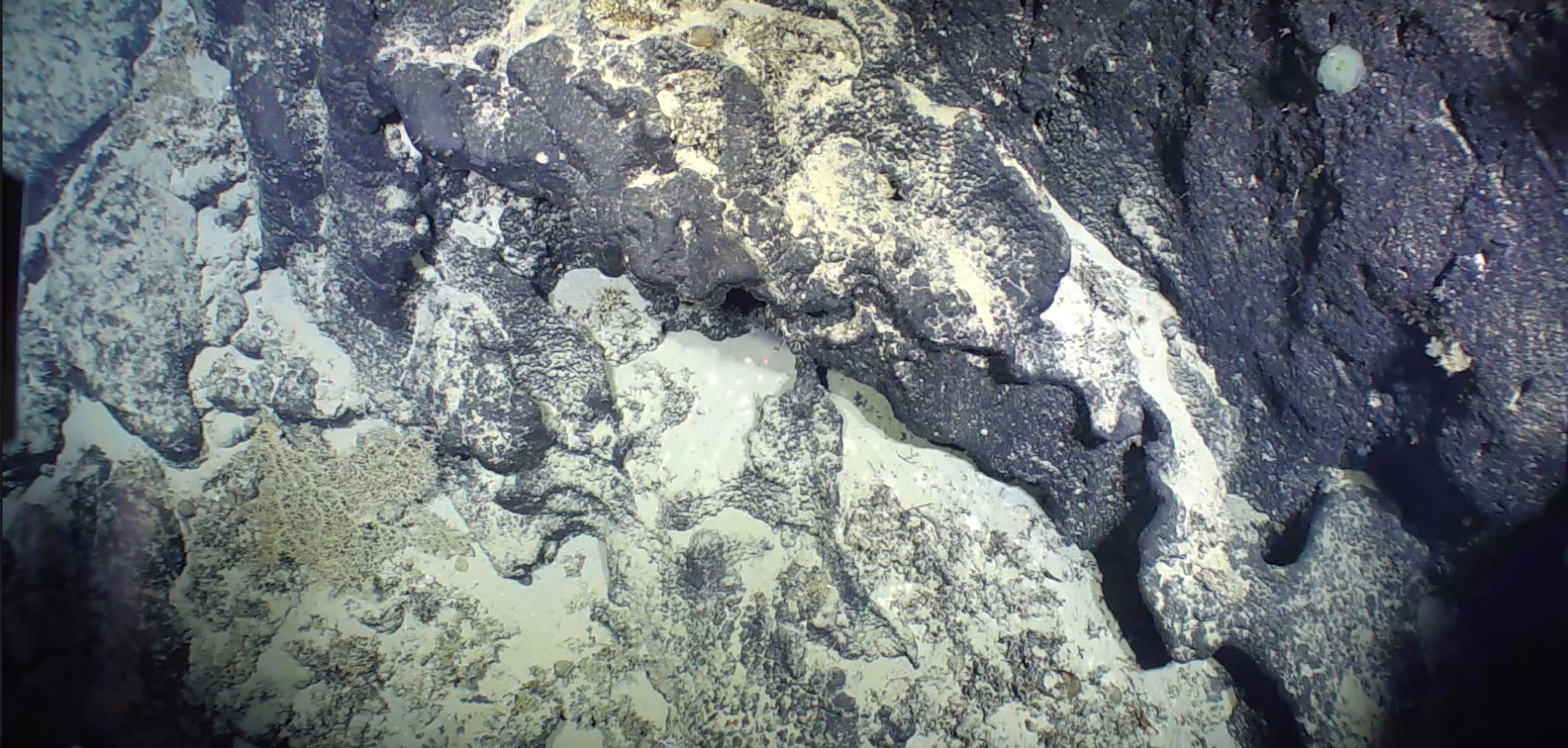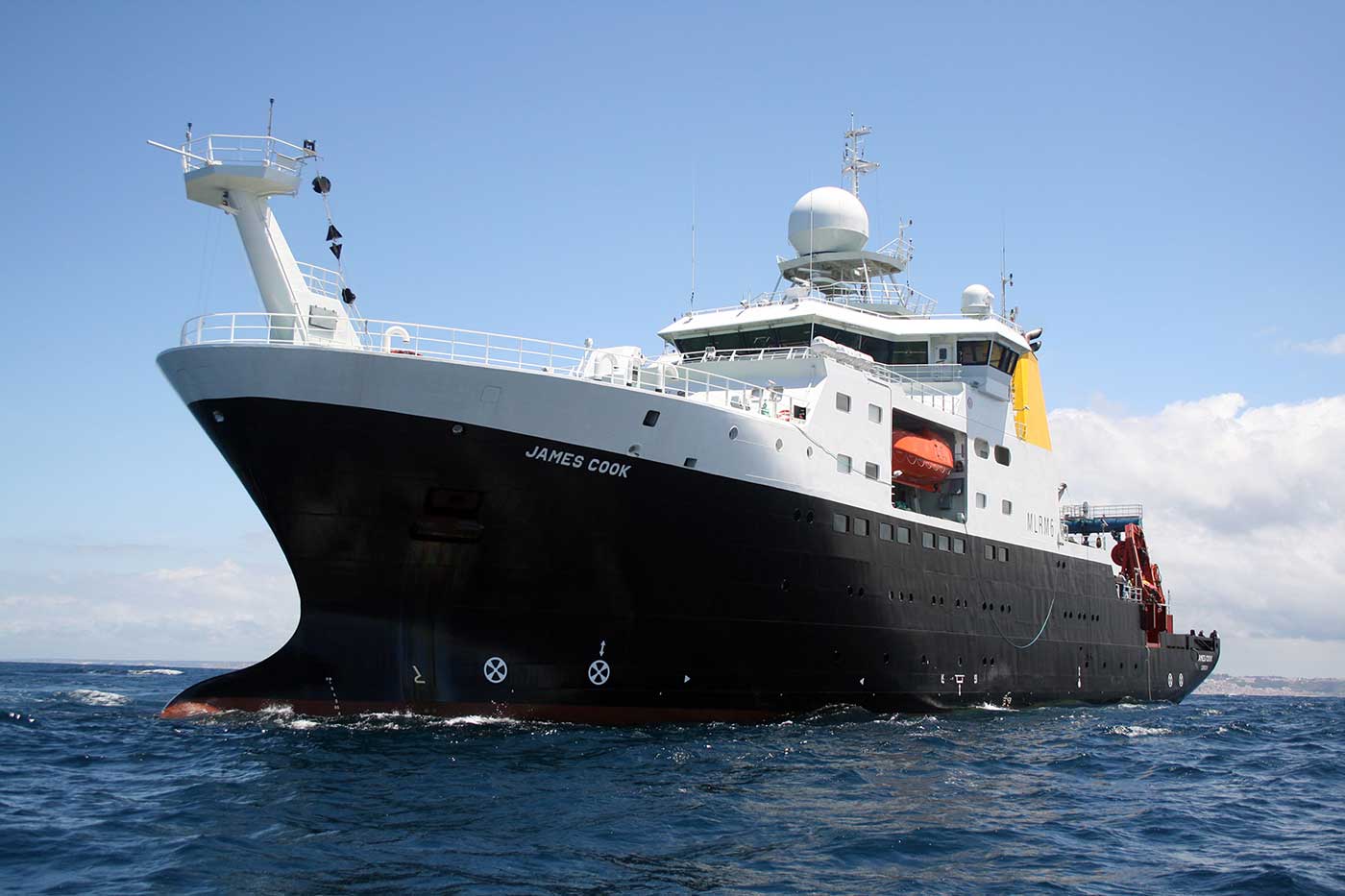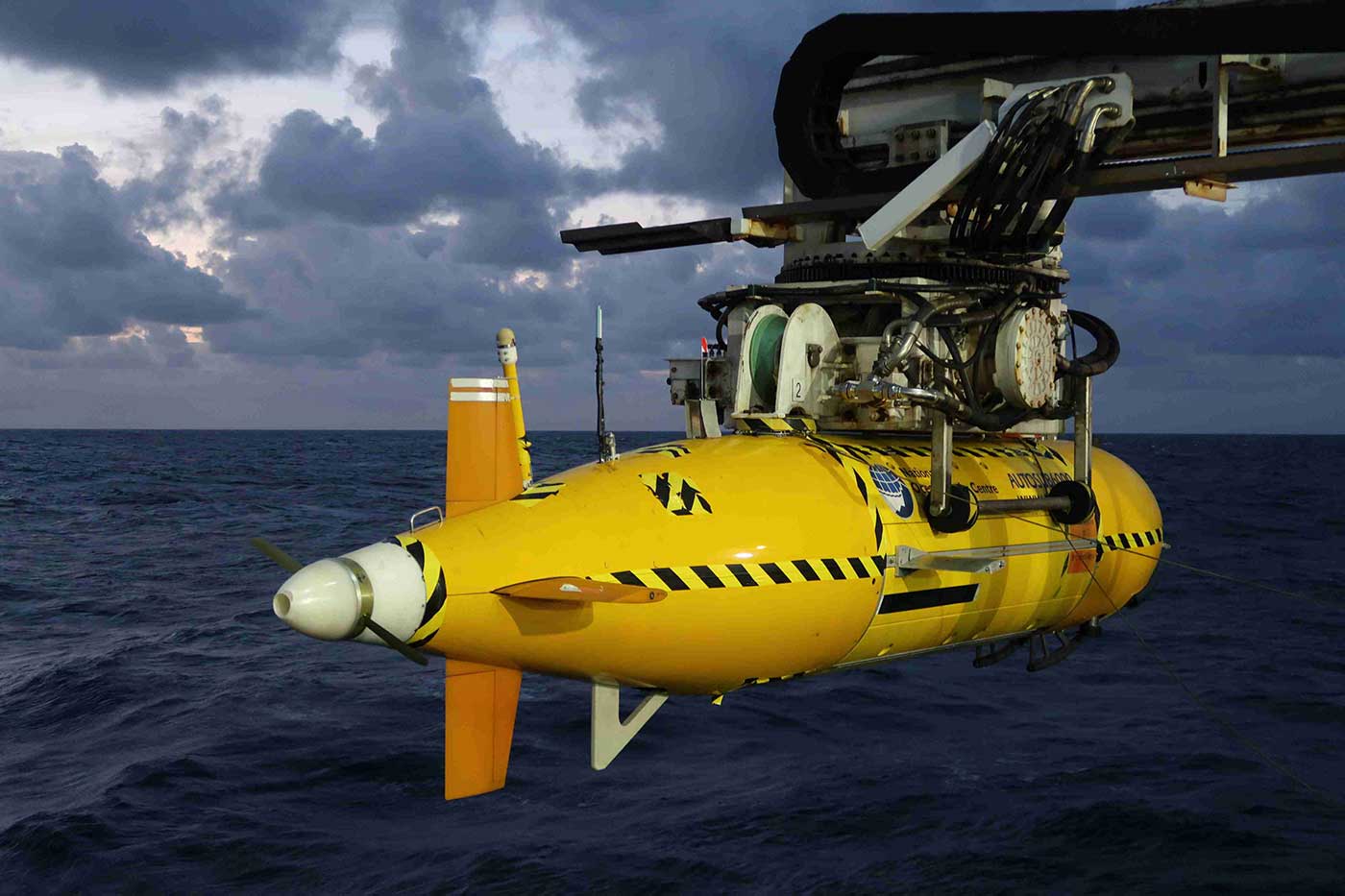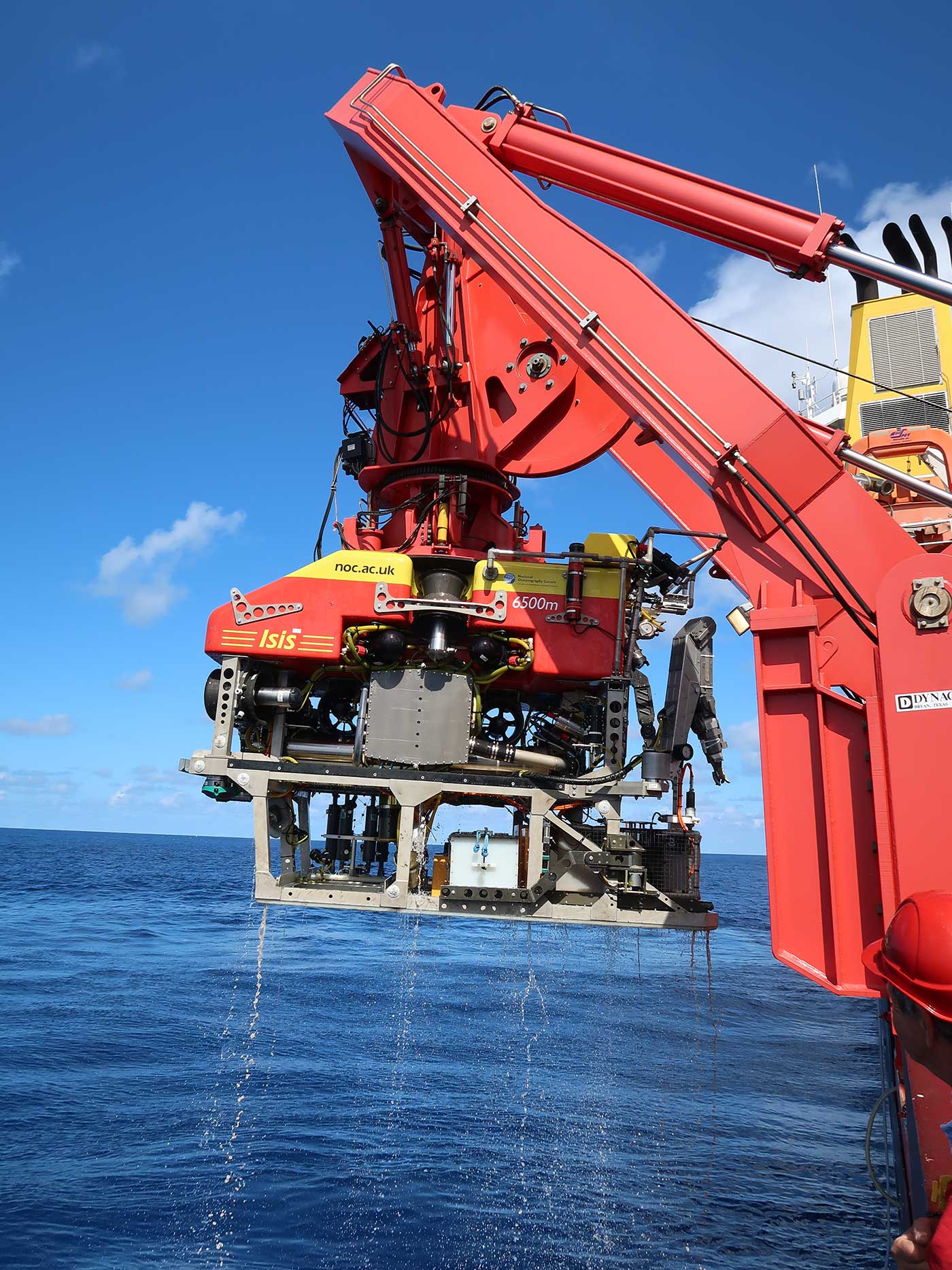A Clash of
Green and Blue
In the UK, solar is a significant component of the renewable energy mix. What makes this technology so unique over other energy sources is that solar has the capability of meeting the energy needs of the entire planet, but at what cost?
“Enough solar radiation hits the Earth every hour to power the entire planet for a year,” said Jon Major, Research Fellow at Stephenson Institute for Renewable Energy, University of Liverpool. “If you covered an area around a tenth of the size of the Sahara Desert with 10% efficient solar panels, you could power the whole planet—and you can buy 18% efficient solar panels now. That is the sort of potential that solar energy offers. If you got rid of fossil fuels, you couldn't power the planet with wind farms, and there's not enough tidal power that could meet demand. Solar energy can fill the gaps, and that is why it’s massively important.”
For the past two decades, the size of the solar energy influence has grown by 20% to 25% year on year, showing no signs of slowing. The technology is advancing, production is becoming cheaper, and—for the first time ever—solar is cost-competitive to fossil fuels.
So, the future is bright for solar technology—if the industry can find the materials to develop the technology.
The Hunt for Rare Metals
Most solar panels you see on the roofs around the UK are based on the “old-fashioned” material, silicon. First developed in the 1950s, silicon photovoltaics were the first-generation product that launched solar energy into the spotlight. The problem with today’s technology is that in truth, silicon is an imperfect solar material.
The industry has since developed second generation “thin-film” solar cell technologies such as cadmium telluride. The new compound is far better at absorbing light than silicon, and, as a result, its absorbing layer doesn’t need to be as thick.
“A layer of cadmium telluride just one-thousandth of a millimetre thick will absorb around 90% of the light that hits it. It’s the first thin-film technology to effectively make the leap from the research laboratory to mass production in countries such as Germany and America. Cadmium telluride solar modules now account for around 5% of global production and produces power at lower cost than current silicon technology,” said Major.
But there is a catch, it relies on one of the rarest metals on the planet—Tellurium.
“Is there enough to Tellurium on Earth to make that jump to the next stage of production?”
“Tellurium is very rare, and mining companies are not actively searching for it because it occurs in very low concentrations. A lot of the current tellurium is a by-product recovered when mining for copper. So, the question is if cadmium telluride is the technology that's going to become massively important in generating huge sways of power for the planet, is there enough to tellurium available to make that jump to the next stage of production?”
Across the world, there are concerns about the security of supply of some raw materials essential to advancing technology, both within and outside the energy sector. The European Union (EU) is working to highlight the importance of many materials to the EU economy, such as rare earth elements, cobalt, platinum group metals, and bismuth.
MarineE-tech is a UK-led, Natural Environment Research Council-funded project that aims to improve our understanding of the potential metal resources contained in iron-manganese crusts, also known as cobalt-rich ferromanganese crusts. Formed extremely slowly over millions of years on the deep-ocean floor worldwide, we have known about these deposits for decades, but their economic potential has only really been appreciated since the 1970s.
“It is important that we look for new and sustainable sources of supply, including novel and previously unexploited resources such as those in the deep ocean.”
Paul Lusty, Team leader and senior economic geologist at the British Geological Survey (BGS), explains: “Iron-manganese crusts are known to be enriched in many metals, including a number of the rarer, so-called 'critical' raw materials or technology elements. They are essential for a growing range of high- and green technology applications, such as in cell phones, batteries, wind turbines, and photovoltaic solar cells.”
“As demand for metals continues to rise and we use an increasingly diverse range of elements in our technologies, it is important that we look for new and sustainable sources of supply, including novel and previously unexploited resources such as those in the deep ocean.”
In the north-eastern tropical Atlantic, about two days sailing south of Tenerife, stands an underwater mountain called Tropic Seamount. Ascending to depths of around 4,000 m and with a summit at nearly 1,000 m below the ocean surface, the Tropic Seamount is where MarineE-tech has been assessing the metal content of these potentially important deep-ocean resources. Lusty said, “In November 2016, we led a six-week research cruise on board the RRS James Cook to map and sample the extent of the crusts on Tropic Seamount, which has an area comparable to the Island of Anglesey in North Wales.”
MarineE-tech scientists are still working on the samples and data collected from Tropic Seamount, but in other parts of the global ocean, ferromanganese crusts can contain tellurium enrichments of up to about 50,000 times higher than the average Earth’s crust.
The project partners involved in the cruise were the BGS, National Oceanography Centre (NOC), HR Wallingford, and the University of São Paulo, who are running a parallel research programme on crusts on the Rio Grande Rise, funded by the São Paulo State Research Foundation (FAPESP).
Major said, “When I read the reports that MarineE-tech scientists may have found a massive stockpile of it under the ocean, suddenly the argument against cadmium telluride solar cells of ‘we can't scale this up because the tellurium isn't there’ doesn’t stand. It is there, you just need to go and find it.”
Potential Impacts of Seafloor Mining
People often have an idealised view of solar as the perfect clean energy source. Direct conversion of sunlight to electricity, no emissions, no oil spills, or contamination—perfectly clean. This, however, overlooks the messy reality of how solar panels are produced —and this is not limited to just solar power, but also many other “green” technologies. While the energy produced is indeed clean, some of the materials required to generate that electricity are toxic or rare.
The discovery of new sources of these tellurium deposits poses challenging questions about whether the push for renewable energy may encourage mining of the seabed. And, if so, will the cost of humankind’s effort to reduce CO2 in the air become detrimental to the fragile life inhabiting the sea?
The conflicts between resource extraction and environmental concerns are obvious. The seafloor is home to many marine organisms and seamounts, in particular, support high levels of biodiversity and unique biological communities.
The MarineE-tech project has provided an opportunity to study the ecosystems and fauna populating the seafloor and, in the case of Tropic Seamount, their relationships to the iron-manganese crusts.
Lusty said, “Sediment plumes are one potential environmental impact of deep-ocean mining. So, while we were at Tropic Seamount, we conducted the first ever robotic underwater vehicle-based plume generation and monitoring experiments. But much more work and baseline studies are required to assess the potential impacts of seafloor mining on marine ecosystems. Research such as this forms a basis for informed debate on what is at risk and how it should be regulated if deep-ocean mining was to happen.”
With a growing focus on decarbonisation of energy supply around the world, demand for metals such as tellurium is likely to surge. Other elements, such as the rare earth and platinum group metals, are also in high demand because of their unusual properties, their use in renewable energy, and for technologies that reduce emissions such as catalytic converters in cars.
The potential for solar to power the planet with clean energy could be made into a reality if we chose to extract ocean resources. In the future, will we need to choose between green and blue?
From the Lab to the Market
Scientists do not yet know whether deep-ocean mining—if conducted in an environmentally responsible and sustainable way—is any more detrimental to the environment than land-based mining, which we have undertaken for centuries.
A lot more work is needed before we can fully understand the environmental impacts and shine a light on the true green credentials of so-called clean energy technologies.
Major said, “Solar energy is unfolding all the time; it's really not a static technology. Silicon is very much the current incumbent technology, but cadmium telluride is the second one to really make the leap from the laboratory into mass production. But there are five or six other technologies that could feasibly make that leap in the coming decade. As technology evolves, we may actually evolve away from materials like tellurium.”
“If you are going to scale cadmium telluride up to massive volumes, you need massive amounts of tellurium so ocean mining may become a necessity.”
Past research on solar technology includes a material that was based on nothing but tin and sulphur. While this product never reached production, the industry continues its search for materials that are both abundant in the Earth's crust and non-toxic.
Subscribe To ON&T
serving professionals in the ocean industry around the world.
Continue Reading
Major continues, “If they did find other technologies that use abundant materials, would they still need to mine? It is hard to predict because it depends on the technology that you're working on. If you are going to scale cadmium telluride up to massive volumes, you need massive amounts of tellurium so ocean mining may become a necessity. But what could equally happen is another technology rises up that is even cheaper and more advanced. It may be based on more available materials like copper or zinc that don’t require any specialist mining, and that might become the technology that dominates. It will depend on market forces to an extent—the technology that becomes the cheapest may be the one that wins.”
Alternatively, we may see a range of different solar technologies based on various materials, which Major believes to be the most likely outcome.
Over the last few decades, we have expanded the range of materials we are using throughout society, particularly metals in many consumer products and renewable energy technologies. What is clear is that demand for many metals is predicted to rise. While improvements to recycling efforts and resource efficiency can make a big difference, substantial amounts of raw materials will continue to be essential for the foreseeable future.
Lusty said, “We need robust international guidelines and regulations for exploration and extraction of deep-ocean minerals. The development of these are well underway with the International Seabed Authority leading on this. However, despite much excellent work and progress in this area in recent years, these need to be underpinned and informed by further deep-ocean research, surveying, more baseline environmental studies, and larger datasets.”
“It is a risk, but maybe it is a risk worth taking, considering the alternatives.”
Major adds, “I would sincerely hope that you could develop renewable energy without any impact on the marine environment. It might be the case; it might not require any deep-sea mining. But if it does, is it the lesser of two evils? When you think about the Deepwater Horizon disaster and similar environmental disasters that came as a result of fossil fuels, any impact that results from the renewable energy effort is liable to be far less environmentally damaging—and that’s before you even consider climate change and CO2.”
“It is a risk, but maybe it is a risk worth taking, considering the alternatives. Likewise, we can’t assume that just because it's ‘green energy’ there is limitless corporate responsibility in the industry. For the most part, the green energy industry tries its hardest to etch ‘environmentally friendly’ into all stages from extraction to production. But as the industry grows, attitudes may change and discoveries such as this enormous amount of tellurium that could advance the technology far beyond today's capabilities may lead to a softening of such a stance.”
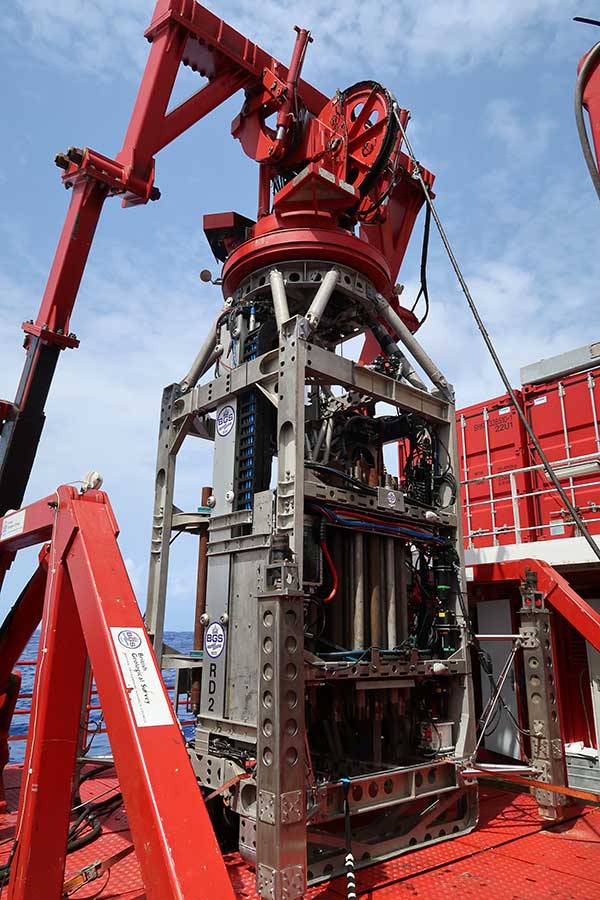
Ready for the Next Gold Rush?
The UK is primed to lead the way in deep-sea mining
Acknowledgements
Jon Major, Research Fellow at Stephenson Institute for Renewable Energy, University of Liverpool
Paul Lusty, Team Leader and Senior Economic Geologist, British Geological Survey
Credits
Writer: Kira Coley is a frequent contributor to both ON&T and ECO. She has helped dozens of companies and research organizations communicate through carefully crafted feature articles. As a lecturer in at the University of Portsmouth, Kira offers training in science communication. She is also the founder of a science communication training platform that gives scientists access to easy, flexible, and interactive training. For more information, visit www.chattyscientist.com.
Editors: Kira Coley, Robyn Bryant
Photography: National Oceanography Centre, NERC
Creative: Kathy Martin, John Paquette

